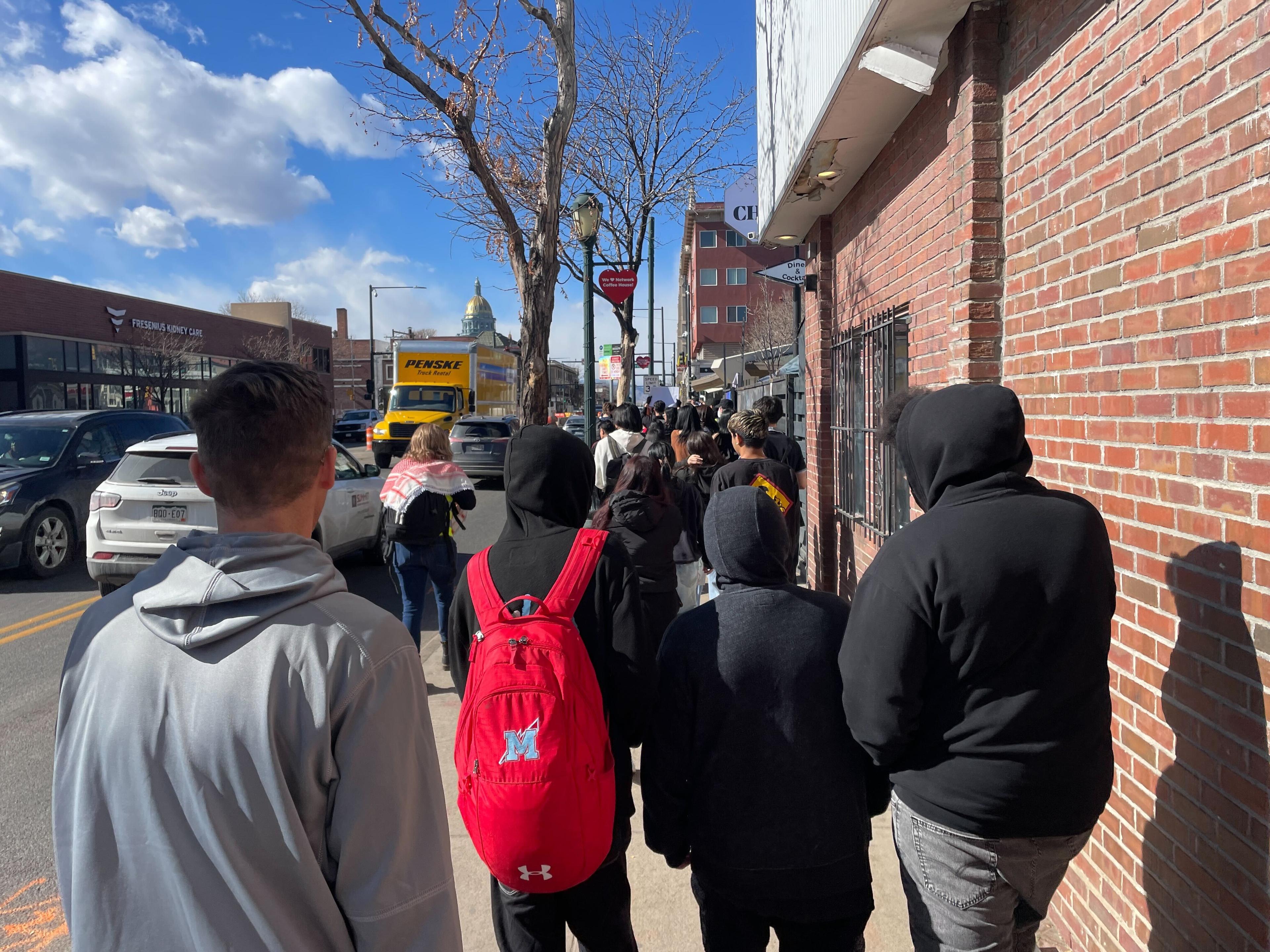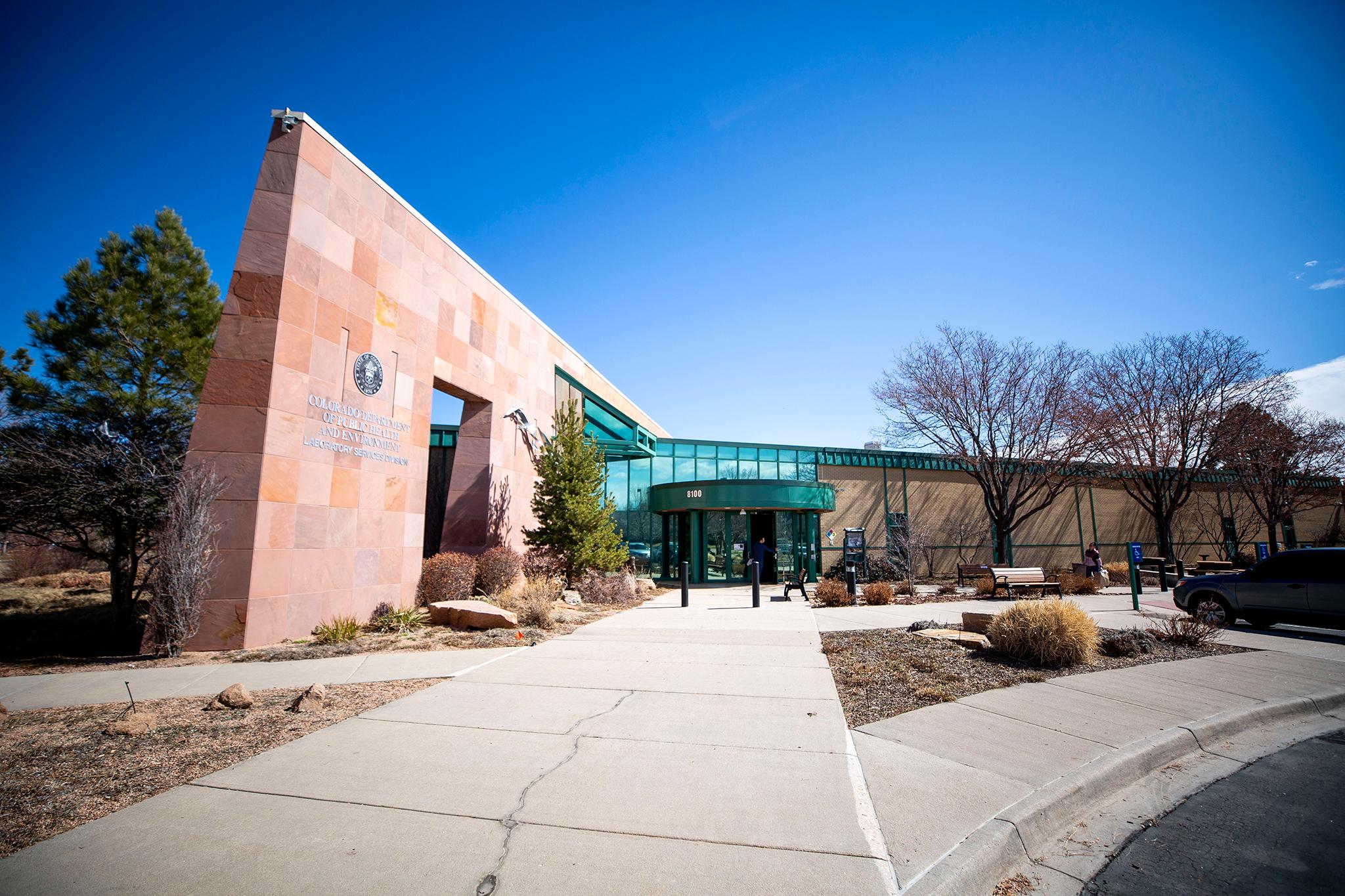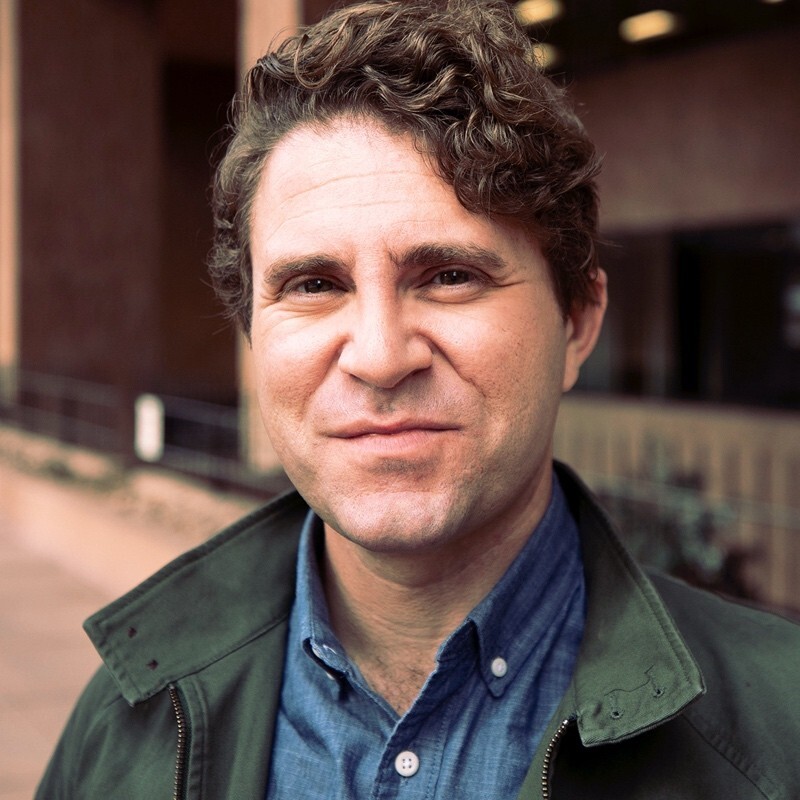
As news spread over the last two weeks about the potential for immigration enforcement actions across the Denver metro area, anxious parents and students stayed home from school in greater numbers than usual.
Both Aurora Public Schools and Denver Public Schools saw slight dips in attendance on days when immigration officials were rumored to begin raids.
In Aurora, about 79 percent of students showed up for school on Thursday, Jan. 30, when reports that Immigration and Customs Enforcement were planning a mass deportation effort first surfaced. Earlier in the week, attendance had hovered around 90 percent.
This week, when those actions actually happened on Wednesday, Feb. 5, attendance at Aurora Public Schools had rebounded again to around 90 percent.
Denver saw a lower decline in attendance figures with a little over 84 percent attendance on Thursday, Jan. 30 — closer to its average attendance for the week than Aurora — and 87 percent on Feb. 5.
The last couple weeks have brought uncertainty and fear for many students, families and staff in the Aurora and Denver school districts.
The Trump administration has said it will focus on detaining and deporting immigrants in the country illegally who commit violent acts, but the Wednesday raids saw agents knocking on random apartment doors asking residents if they knew where any “undocumented” immigrants were.
ICE didn’t show up at any schools in Aurora or Denver, according to both school districts. Still, schools have been on pins and needles after guidelines were rescinded that prevented Immigration and Customs Enforcement from carrying out immigration enforcement in “sensitive locations” such as schools, hospitals, and churches.
Some reports put the number of school-aged children in the country illegally at between 733,000 and 850,000. But all students, regardless of immigration status, have a constitutionally protected right to access free public education. The arrests trigger fear in children about their parents being deported.
Hinkley High School social studies teacher Bryan Lindstrom, who saw one of the raids on his way to the school, said his attendance was slightly below average Wednesday but it was much worse Thursday, Jan. 30 when there was warning about a raid, which was eventually called off.
“I had students on Wednesday in tears worried about what to do,” he said.
That Thursday, about a third of his students showed up to the Aurora school. Lindstrom said he’s educated himself on his rights as a teacher, and educators at his school keep “Know Your Rights” cards in their rooms if a student feels they need one.
“Our principal has been very clear on our willingness to make sure that students in our building are safe,” he said.
Some students know warrants are needed for agents to enter school and home but “most people in the community realize if they are undocumented, the most dangerous point of it is the transition from home to school.”
Early Wednesday, social media amplified the fear and spread false rumors such as a family being apprehended at a bus stop. What actually happened was the ICE raid at the Cedar Run Apartments complex forced buses to reroute, missing a stop.
DPS Superintendent Alex Marrero was on his way to a school Wednesday in the area of the action and stopped by when he heard that a DPS bus had to be rerouted due to a bus stop that was blocked by a law enforcement barricade.
“He was there to ensure DPS students had the opportunity to get to school,” the district said in a statement.
Some students are fighting back. On Wednesday, students from high schools across Denver joined a large protest around the Capitol.
District policies
The rescinding of the “sensitive locations” order hasn’t changed how most districts handle interactions with government officials, say district officials.
DPS staff members have received training over the past few weeks in existing district policy. Under policy, nobody should be admitted to the building without having legitimate business to enter. Federal immigration law enforcement activities aren’t permitted at DPS schools, on bus routes or on DPS property or during school activities “without a valid search warrant or exigent circumstances.”
Districts don’t collect the immigrant status of families and federal law limits who gets access to student documents.
A toolkit with immigration resources for Denver Public Schools families is available in English and Spanish. A letter from Marrero to parents in mid-January urged them to look over the resources and to update the students’ emergency contacts.
“Our schools are safe, and we want our students here,” Marrero wrote. “While our function is to provide education for all students, our responsibility is to provide safe and welcoming environments. That has not changed.”
Officials from the Denver Classroom Teachers Association talked with district officials Wednesday about making sure mental health professionals were deployed to schools in the area to ensure students and staff were supported.
“Our parents and students and also our educators, there's a lot of fear out there and we know they're going to be traumatized from these raids and also from the potential unconfirmed raids,” said Rob Gould, president of the Denver Classroom Teachers Association. “We've got a long road ahead of us.”
Aurora Public Schools, which has students from more than 130 different countries who speak more than 160 languages, issued a memo on Dec. 5 and then on Jan. 22 instructing staff to tell immigration agents that they can’t enter the building or speak with any student without first contacting the district’s legal office. Agents need a judicial warrant to enter a school building.
On Tuesday night, the school board adopted a resolution emphasizing its commitment to safe and inclusive schools. It referenced the 1982 Supreme Court decision granting public school to all children regardless of their legal status, and the equal protection rights of the Fourteenth Amendment: “We recognize our legal and moral obligation to serve and support all students.”
Other districts
Many other districts around the state have communicated to families and staff members state and federal laws that protect students regardless of immigration status and that their focus is on providing a welcoming environment where students can thrive.
“We are also committed to maintaining the privacy and dignity of all students and families. While we cooperate with government and law enforcement agencies as required by law, our primary responsibility is to our students’ safety, education, and success,” Superintendent Michael Gaal of District 11 in Colorado Springs wrote in a January email to families.
Greeley-Evans 6 has a crisis response team that has been planning since November in case of a mass deportation event. Building leaders, office staff and parent advocates have been trained. Eagle County has shared a document with staff on what to do if an immigration officer shows up at a school, which is to send them to the district office.
Some districts like Cherry Creek are also working with community groups, state and city officials and local law enforcement “to plan and prepare for a variety of scenarios that could impact our students and our community.”
Other districts have posted specific protocols and laws on their websites such as Jefferson County School District and the Roaring Fork School District.








